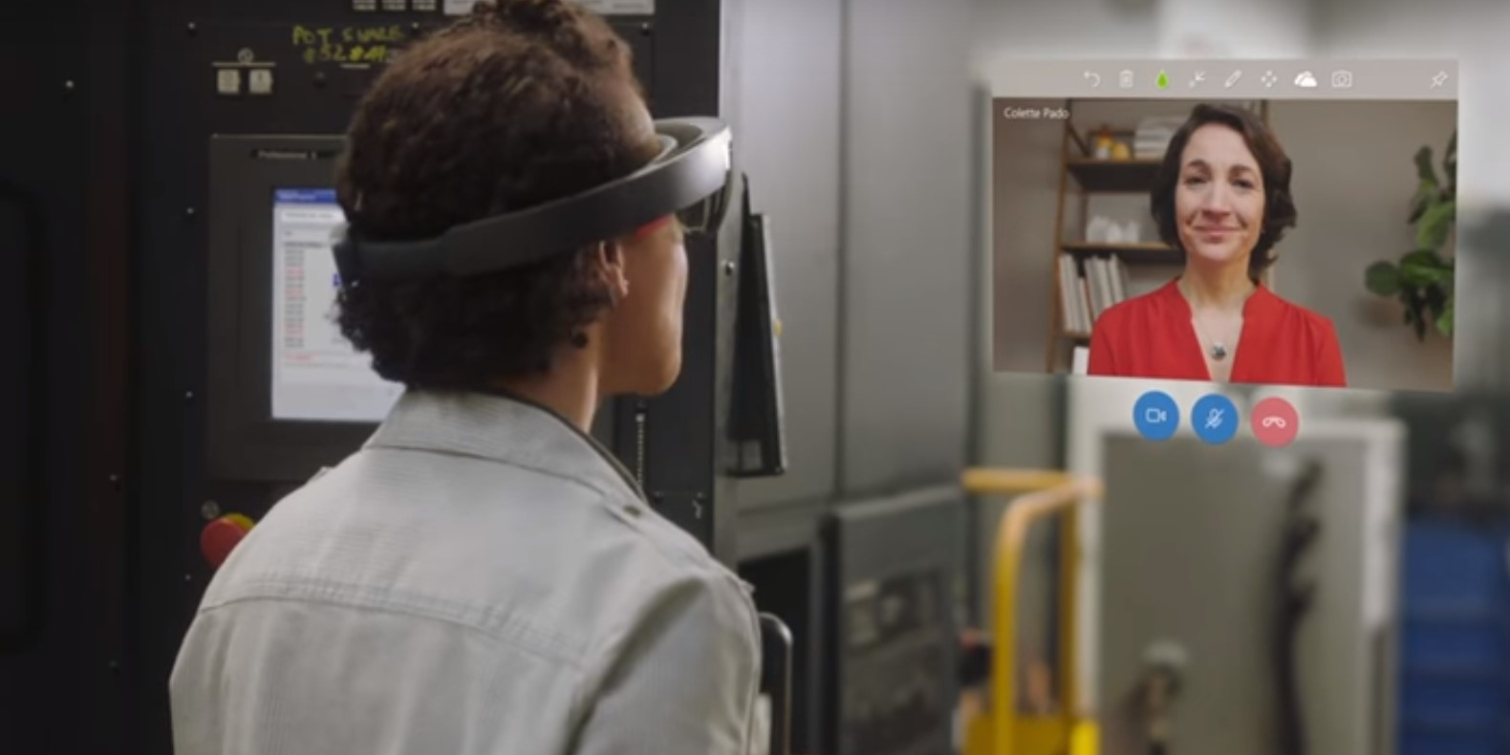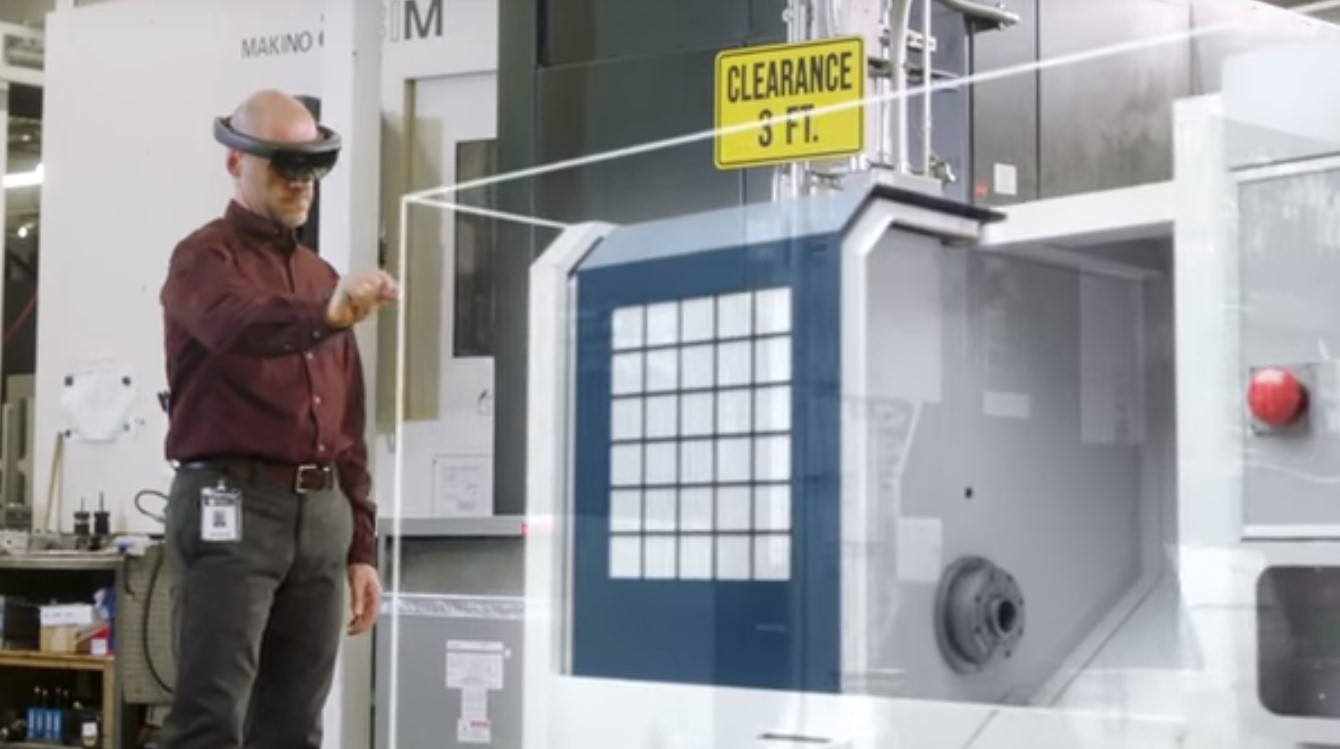I Used HoloLens to Fix a Factory Line and Design a 3D Floorplan
We went hands-on with Microsoft's new Mixed Reality tools for collaboration and frontline work.
SEATTLE — The factory line broke, and while I may have been the maintenance guy, let's be real here — I'm not qualified to fix anything that sophisticated. Luckily, Kate, a superior maintenance worker, was just a call way. So I had her take a look with the help of my HoloLens.
At its Build developer conference, Microsoft announced Remote Assist, a hands-free video call app for frontline workers, and Layout, which helps design 3D spaces. In a private demo at the show, I got to go hands-on with both tools.

To demo Remote Assist, I was placed in a factory where several parts had broken. After putting on HoloLens, I called Kate, who could see everything I saw thanks to the HoloLens's cameras. I ran through a diagnostic machine with errors, and Kate was able to tell me which machines to tackle in which order. One machine had a belt that had fallen off its spools, and she could annotate it in augmented reality to show where I needed to put the belt back on. On another machine, a wire had burned out. Katy shared a virtual image of the instruction manual with me so I could see where the new wire needed to go.
As for Kate's end, she saw a special mixed reality (MR) toolbar to annotate and share images, but otherwise, to her it looked like just a standard video call with Microsoft Teams. While I have zero experience as an engineer, I did feel empowered performing the fixes myself, even if I was asking for help. It also meant that Kate could diagnose problems remotely, without having to fly out to see and fix them herself, saving our theoretical company time and money.

In another demo, I tried Layout, where I had to design a factory. Instead of a 2D floor plan, I could see the entire space, as well as holograms of the machines that were in them. As I placed those machines, I could walk around them to make sure that there was enough clearance for workers in that space to walk past. I also moved parts around so that they didn't block crucial access to power panels and made sure panels and parts were rotated so that workers could access them.
While that kind of virtual heavy lifting sounds complicated, I did it all with the air tap gesture, pressing my index finger to my thumb, and dragging the machinery around. I recently moved apartments and tried to do something similar (albeit less stressful) with a floorplan, and I would much have preferred this experience. If you don't have a HoloLens or want to work remotely, you can also view the space in an MR headset.
During the Build keynote, I was skeptical about both Remote Assist and Layout. How helpful could either be? But while neither is foolproof — you should still test a floor plan in a physical space and you may still need to have a physical expert inspect a problem — trying them makes sense.
Sign up to get the BEST of Tom's Guide direct to your inbox.
Get instant access to breaking news, the hottest reviews, great deals and helpful tips.
Andrew E. Freedman is an editor at Tom's Hardware focusing on laptops, desktops and gaming as well as keeping up with the latest news. He holds a M.S. in Journalism (Digital Media) from Columbia University. A lover of all things gaming and tech, his previous work has shown up in Kotaku, PCMag, Complex, Tom's Guide and Laptop Mag among others.

